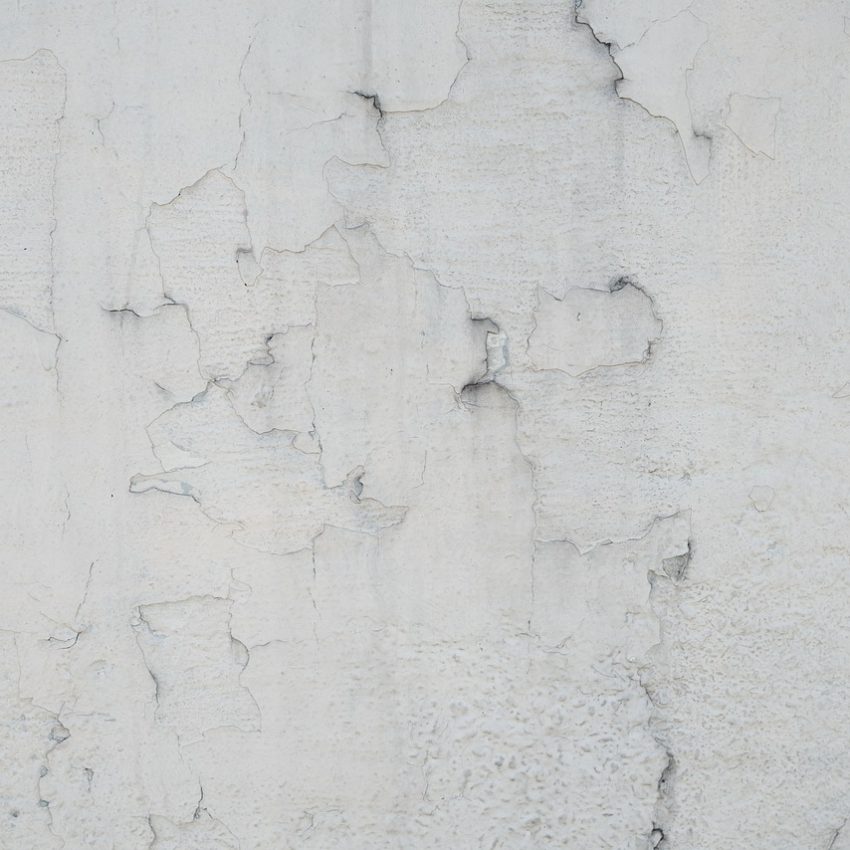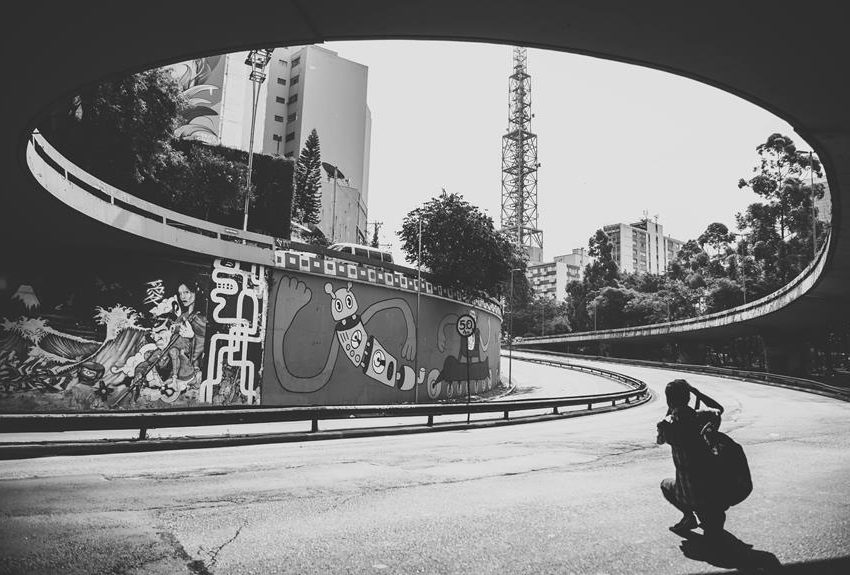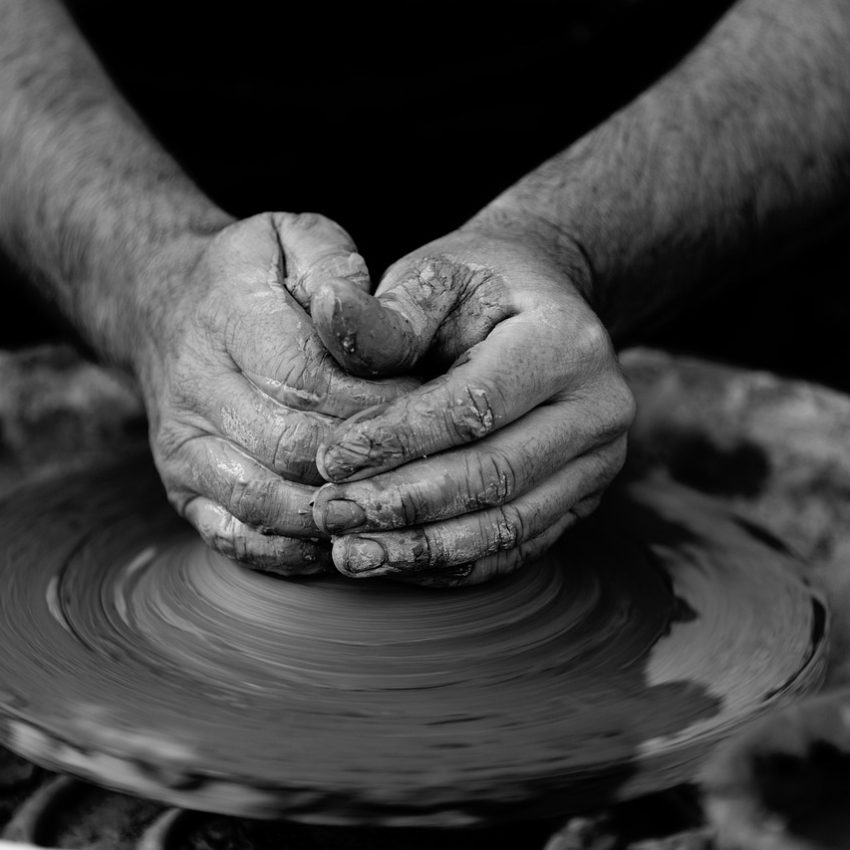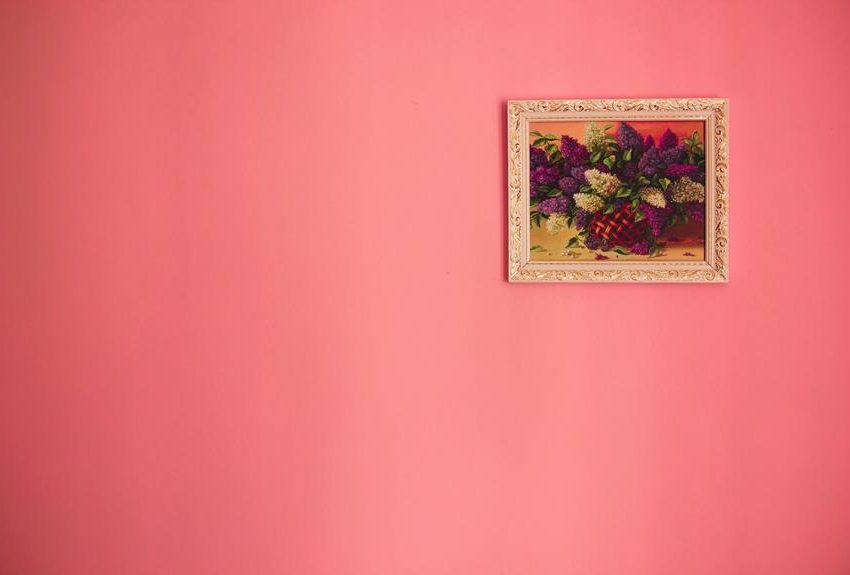Exploring Fauvism: A Bold Movement in Art History
Fauvism, a pivotal art movement, denotes the artistic output of a collective of painters, including Henri Matisse and André Derain, from roughly 1905 to 1910. This movement is distinguished by its bold use of colour and vigorous brushstrokes.
The term “les fauves” (meaning ‘the wild beasts’) was coined by the critic Louis Vauxcelles upon encountering the art of Henri Matisse and André Derain at the Salon d’Automne in Paris in 1905.
Their exhibited paintings, born from a collaborative summer in Collioure, Southern France, featured bold, non-naturalistic colours, often applied directly from the tube, and dynamic, uninhibited brushwork.
Additionally, the subjects were rendered in simplified forms, lending an abstract quality to their work, thereby emphasising the influence of African art on the timeline of modern art.
Other artists who shared similar sentiments and are associated with Fauvism included Georges Braque, Raoul Dufy, Georges Rouault, and Maurice de Vlaminck.
Fauvism and colour theory
The Fauvists were intrigued by the scientific colour theories that emerged in the nineteenth century, particularly those concerning complementary colours.
Complementary colours, emphasised in the works of Georges Seurat and Paul Signac, are pairs positioned opposite each other on scientific models like the colour wheel.
When these colours are juxtaposed in a painting, they intensify each other’s brightness, a phenomenon that captivated the Fauvist artists.
Inspiration of Fauvism
Fauvism can be perceived as a radical extension of Van Gogh’s post-impressionism and Seurat’s neo-impressionism.
Influenced by these earlier movements, Matisse and his followers rejected traditional three-dimensional space, opting for flat areas or patches of colour to construct a new pictorial space.
Moreover, Fauvism exhibits elements of Expressionism through its vibrant colours and spontaneous brushwork, often drawing comparisons to the concurrent German expressionist movement, which shared similar roots in post-impressionist developments.
As one of the earliest avant-garde modernist movements of the twentieth century and a precursor to abstraction, Fauvism was a transitional phase for many artists.
By 1908, most leading figures within the movement had moved beyond its expressive emotionalism, signalling a pivotal moment in the timeline of art history.
A renewed interest in the work of post-impressionist Paul Cézanne, particularly his analytical approach to painting landscapes, figures, and objects, prompted artists to embrace order and structure.
Georges Braque, formerly a Fauvist from Chatou, collaborated with Pablo Picasso to develop Cubism, an influential art movement, while André Derain shifted towards a more conventional neoclassical style.
However, throughout his career, Henri Matisse persisted in employing the distinct traits of Fauvism—bright, vibrant colours, simple shapes, and expressive brushwork.
Origins
Gustave Moreau was an influential mentor of the Fauvist movement. A controversial professor at the École des Beaux-Arts in Paris and a Symbolist painter, he imparted his wisdom to notable artists such as Matisse, Marquet, Manguin, Rouault, and Camoin during the 1890s.
Critics regarded him as the group’s philosophical leader until Matisse assumed that role in 1904. Moreau’s embrace of pure colour as a means of expression deeply inspired his students, with Matisse acknowledging, “He did not set us on the right roads but off the streets.
He disturbed our complacency.” Moreau’s passing in 1898 marked the end of this profound connection, yet the artists found other sources of inspiration to fuel their artistic development.
In 1896, an aspiring art student, Matisse, visited Impressionist painter John Russell on Belle Île. Surprised by the style, he left after ten days but returned as Russell’s student the following year.
Under Russell’s mentorship, Matisse adopted bright Impressionist colours, abandoning his previous palette.
Reflecting on his experience, Matisse credited Russell for teaching him colour theory, even receiving a drawing from Russell’s friend, Vincent van Gogh.
Artwork and Artists
Henri Matisse and André Derain
Henri Matisse (1869–1954) and André Derain (1880–1954) ignited a revolution in painting during the summer of 1905, collaborating in the picturesque village of Collioure on the Mediterranean coast.
Their unconventional use of colour and bold brushstrokes, showcased in their Salon d’Automne exhibition later that year, earned them the moniker “Fauves” (“wild beasts”) from the sharp-witted critic Louis Vauxcelles.
Henri Matisse
The Fauves, a loosely affiliated group, shared a common approach to nature but needed a unified manifesto. Matisse, considered their leader, had journeyed through various Post-Impressionist styles before embracing Fauvism.
Influenced by Van Gogh, Gauguin, Cézanne, Seurat, Cross, and Signac, he rejected conventional spatial representation in favour of a vibrant interplay of colour planes.
Maurice de Vlaminck
Maurice de Vlaminck (1876–1958), characterised by his exuberant temperament, fully embraced the Fauvist style, an essential modern art movement, after encountering Van Gogh’s work and the paintings of Matisse and Derain in Collioure.
Derain, positioned between Vlaminck’s vitality and Matisse’s control, collaborated with both artists and later explored a more restrained palette during his London scenes.
Georges Rouault, Georges Braque and Raoul Dufy
The Fauvist circle extended to artists like Kees van Dongen, Charles Camoin, Henri-Charles Manguin, Othon Friesz, Jean Puy, Louis Valtat, and Georges Rouault, joined in 1906 by Georges Braque and Raoul Dufy.
However, for many, Fauvism served as a stepping stone rather than an endpoint.
By 1908, a resurgence of interest in Paul Cézanne’s structured vision prompted them to move away from Fauvism’s emotional turbulence towards the logic of Cubism. Braque co-founded Cubism with Picasso, while Derain and others explored different stylistic avenues.
German Expressionism
The Fauvist movement shares similarities with German Expressionism, embracing brilliant colours and spontaneous brushwork.
Yet, while the French were preoccupied with formal pictorial organisation, the German Expressionists, heavily influenced by African art, were more emotionally invested in their subjects.
Matisse, however, remained true to his Fauvist roots, achieving a refined synthesis of personal expression and painterly sophistication throughout his career.
Salon d'Automne 1905
1905 at the Salon d’Automne, critics, notably Louis Vauxcelles, dubbed artists like Henri Matisse and André Derain “Fauves” (wild beasts) due to their bold, colourful canvases.
The term stuck, marking the birth of Fauvism.
Although initially met with criticism, Matisse’s “Woman with a Hat” found support from Gertrude and Leo Stein, boosting his morale after facing negative feedback.
Salon des Indépendants 1906
After the 1905 Salon d’Automne, which marked the emergence of Fauvism, the 1906 Salon des Indépendants saw all the Fauve artists exhibiting together for the first time.
The exhibition’s focal point was Matisse’s monumental work, “Le Bonheur de Vivre” (The Joy of Life).
Critics reacted with horror to its flatness, vibrant colours, diverse style, and mixed technique.
The triangular composition resembled Paul Cézanne’s “Bathers,” a series that would soon inspire Picasso’s “Les Demoiselles d’Avignon.”
Conclusion
In conclusion, Fauvism, an avant-garde art movement, marked a pivotal moment in French art history.
Led by Henri Matisse and André Derain, this group of artists, including like-minded individuals such as Henri Manguin, arrived at the Fauve style, which is characterised by its bold use of pure colour, active brushwork, and emotional power.
The turbulent emotionalism of Fauvism, coined by critic Louis Vauxcelles, drew comparisons to German Expressionism. Despite initial criticism, Fauvism remains significant in the timeline of art, challenging traditional norms and paving the way for future artistic innovations.
Through their expressive Fauve paintings, these French artists departed from Symbolist art to create idyllic scenes filled with vibrant energy, leaving an indelible mark on the history of painting.





